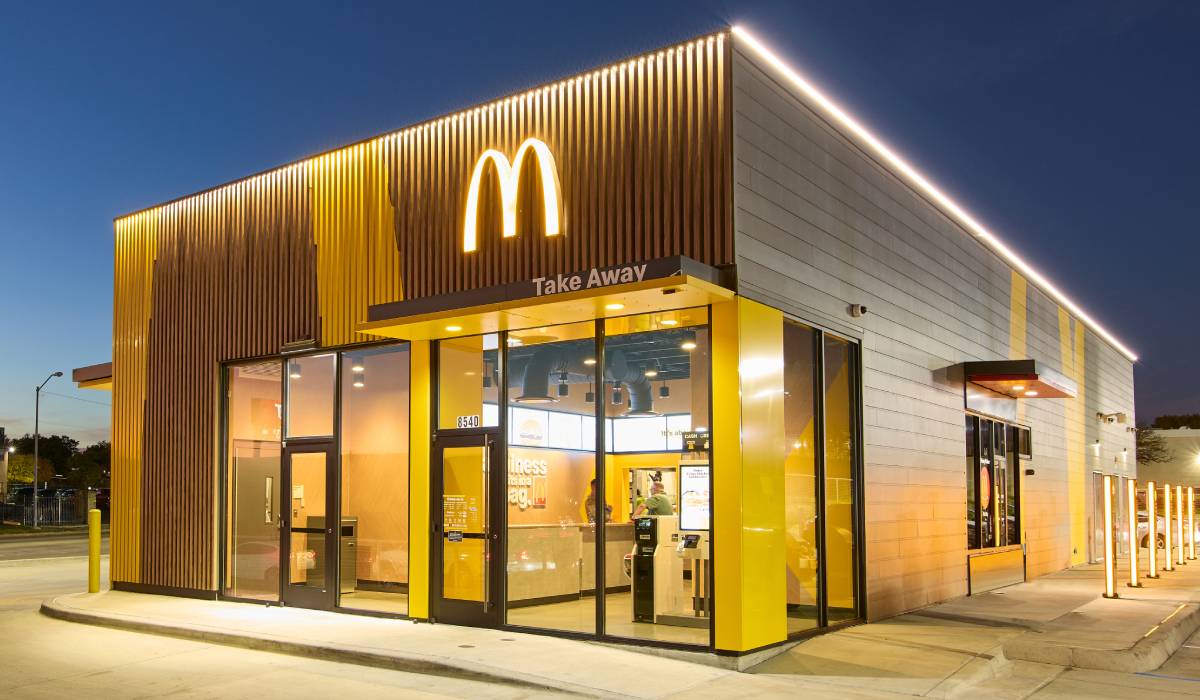Health and safety have always been priorities for quick-service brands, and as restaurants continue to navigate a return to in-person dining, it’s even more critical to prioritize meeting health and safety standards. In fact, 93 percent of consumers stated that seeing a visibly clean area while dining inside a restaurant is important.
Quick-serves must not only meet but exceed health and safety standards. This ensures the safety of dining customers, and it also builds customer loyalty and cultivates a positive experience. Since restaurants rely on their employees to follow these procedures, quick-serves must streamline employee management to meet health and safety standards easily and consistently.
Ensure food safety compliance.
According to USDA standards, cold foods must be held at 41 degrees Fahrenheit or below, and hot foods must be held at 135 degrees Fahrenheit and above. By automating workforce management, quick-service restaurants can ensure that employees are following proper procedures for food safety audits. Brands can assign store level compliance checks by role and ensure audits are completed accurately and on time.
By streamlining employee management and compliance processes, restaurants can also make certain that the tools and equipment used are up-to-date and work properly, ensuring the foods employees prepare and serve are safe for public consumption. For example, food thermometers can be connected to a digital Bluetooth system, verifying that food is always at the correct temperature, leaving no room for human error. Here, a cook knows if food is the correct temperature, since the data is not exposed to risk of manual error.
Maintain standards of cleanliness.
Cleanliness, ranging from the kitchen to the bathrooms, is essential for any restaurant. Restaurant owners know that the cleanliness of a restaurant is make-or-break, either turning a customer into a repeat diner or a one-time visitor. As a result, cleanliness strengthens brand identity and builds customer loyalty.
Streamlining workforce management allows quick-serves to ensure that cleaning is up to par. Managers can make sure cleaning schedules and assignments are set and made known to employees, and the cleaning itself is done adequately.
By unifying communication channels and task management on employee devices, quick-service concepts have the power to easily meet health and safety standards and hold employees accountable, providing visibility from the assignment to the completion of the task. For example, if an employee is assigned to sanitize dining tables and mop the floor, managers can make sure the task was done sufficiently and in-line with existing health and safety criteria.
Keep employees informed.
The easiest way to meet health and safety standards? Prioritize employee education. Small errors, such as not properly washing hands or not sanitizing a cooking area, can lead to big health and safety issues. Quick-serves must ensure that all employees not only know the proper health and safety protocols, but also have the training and resources to keep those measures in place.
Having well-informed employees allows quick-service restaurants to prioritize quick, efficient service while also sufficiently following health and safety protocols. When doing so, employees must ensure that they aren’t cutting any corners with health and safety procedures. With unified communications and access to all needed information on a mobile device, employees can easily check cleaning and sanitation procedures or ask their manager about proper food preparation guidelines.
Be consistent and deliberate about following health and safety standards.
With many quick-serves still recovering from the effects of the pandemic, exceeding health and safety protocols is essential. All restaurants hope to serve great food, create a positive overall experience and keep both customers and employees safe. Ensuring routine audits are in place, cleanliness standards are being met and employees are well-informed allows operators to easily comply with health and safety guidelines.
Gary Stonell, SVP of Sales and Operations, Opterus, has 20 years of sales management and business development experience in CPG and SaaS. Beginning his career in CPG, he worked for Kraft Foods, Philips Electronics, then SunRype Products fostering partnerships with retailers and managing various aspects of the sales and marketing processes. More recently at Sysomos/Meltwater, a SaaS based social media content management platform, Gary led the enterprise sales team responsible for managing existing clients and new logo acquisition. The key to his success has been a meaningful focus on building business relationships with collaborative solution-based partnerships.









